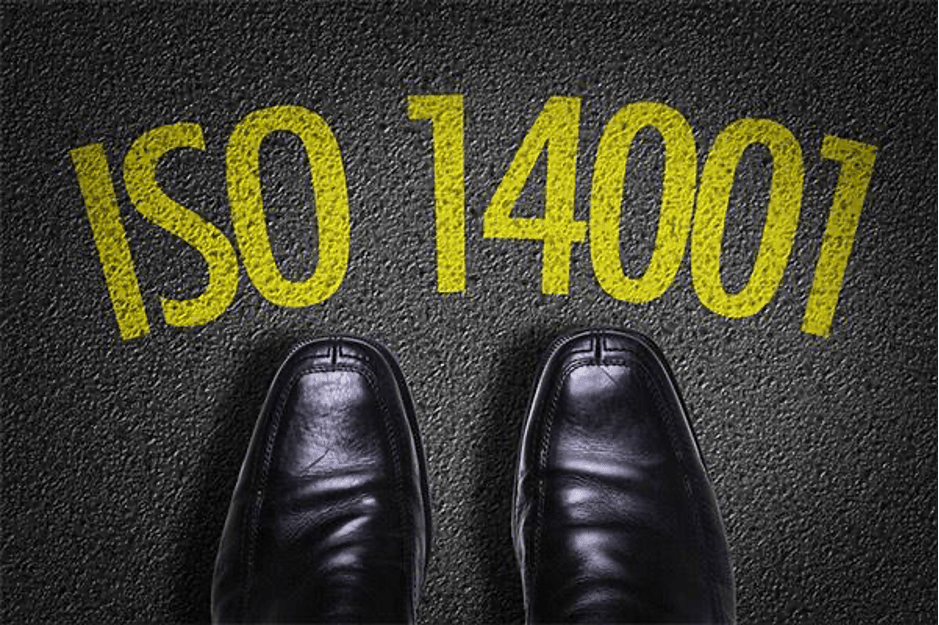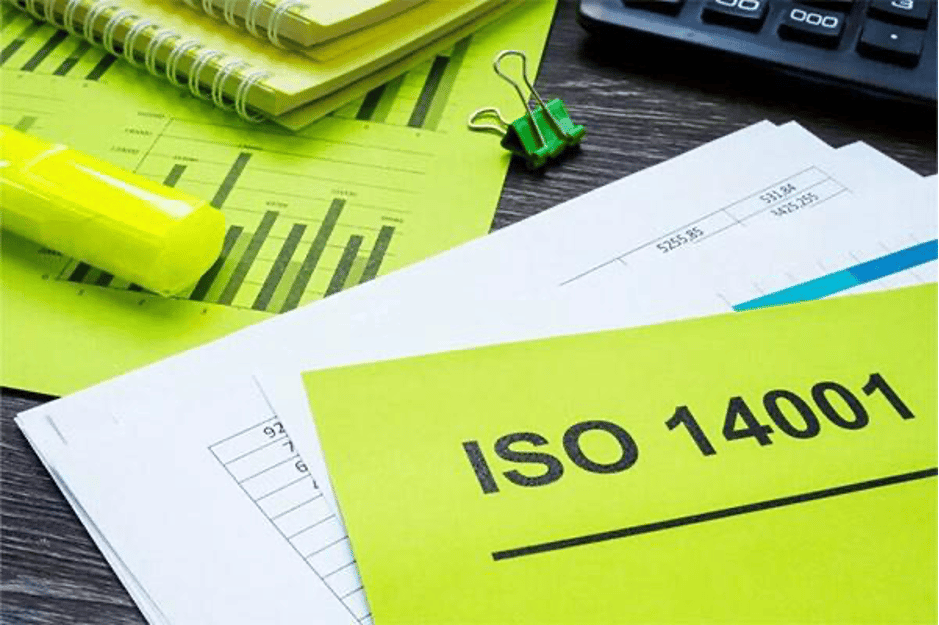A certificate for an Environmental Management System (EMS) developed on the recommendations of ISO 14001 provides evidence to your stakeholders, including employees, regulators, clients and the general public, that you have been proactively identifying where your organisation causes an impact on the environment. Additionally, a certificate also demonstrates your commitment to reducing the negative impacts of your processes, products and services to a reasonable minimum. To understand the importance of ISO 14001 certification for Australian companies, this article expands upon the benefits of ISO 14001 certification in Australia, the certification process, the role of the consultant and key pointers you should keep in mind if you are planning to acquire a certificate for your EMS.
Benefits of ISO 14001 certification in Australia; 3 substantial advantages
Having an efficient process-based EMS to measure your organisation’s environmental performance has many direct benefits for your company. Acquiring a certificate to prove the effectiveness of your EMS increases its benefits, such as:
- Meeting legal requirements: ISO 14001 is a process-based QMS that focuses on eliminating or reducing your impact on the environment. By already having these processes in place, you will notice that you begin to comply with existing regulations. Additionally, the continual improvement model allows you to follow new laws, thereby, making your company seem like a leader in environmental management and sustainable operations.
- Higher success rate while implementing changes: A core component of the ISO 14001 standard is the accurate collection of data, appropriate tracking of changes and continual improvements that your organisation is recommended to make. By appropriately measuring and tracking your performance, you increase the chance of making successful changes as you map your progression. Additionally, the periodic collection of data allows you to enjoy the benefits such as flexibility and cost control.
- Cost control improvements: As mentioned above, the higher success rate in making changes and faster process improvement drives the cost savings of your company. The ISO 14001 standard forces you to look at the entire life cycle of your services or your products. By adequately examining each stage of the cycle, you find practical methods to reduce waste. Similarly, you can also cut energy costs by increasing the efficiency of your production methods.

ISO 14001 certification procedure; ISO 14001 certification requirements
Your certification procedure begins by learning about the ISO 14001 standard and understanding what an EMS is. After building your knowledge base about environmental performance, it is time to conduct an initial environmental review and gap analysis of your organisation. An initial environmental review is an assessment that can help you create an EMS. It is different from an audit as it focuses on reviewing previous environmental issues and considers any regulations that may have an operational impact. Hence, during this stage, you will identify and evaluate possible environmental issues in your organisation. In the same vein, a gap analysis will assess your current management system against the recommendations outlined in the ISO 14001 standard. The purpose of a gap analysis is to identify deficiencies that exist in your current system. This scheme is also common for getting ISO 27001 too.
Now that you have a realistic picture of your management system, it is time to begin planning, so that you can integrate an EMS into your organisation. Hence, you must begin by educating your organisation about the upcoming changes and the benefits of an EMS. Engaging employees is a core component of ISO 14001, and it helps to mitigate any organisational resistance.
How to get ISO 14001 certification for my company in Australia? Document EMS
The next stage is to design and document your ISO 14001 environmental manual and procedures. This is the biggest portion of the project as you will spend time analysing your current processes, and re-designing them to not only address the deficiencies but to meet the requirements of the standard. Once you have successfully modified or developed your processes to meet the requirements of the standard, you will need to place controls on these processes. The importance of these controls is that they help to safeguard the efficiency of your processes. For example, documenting the processes is a part of control as it ensures that the performance is being meticulously recorded.
Once your EMS is developed and documented, employees will follow the procedures, collect data and make adjustments to the system. After running your EMS for approximately three months or more, it is time to audit the EMS performance and apply for registration if there are no non-conformities found. This is where an ISO 14001 consultant plays a big role.

Besides EMS certification, there is another international ISO certification called Occupational Health and Safety Management Systems (OH&SMS). If you want to know more about the benefits of iso 45001, click on the related link.
ISO 14001 consultant; What is ISO 14001 certification?
In addition to successfully implementing your EMS, an ISO 14001 consultant can enable your organisation to identify risks related to possible non-conformance, thereby reducing or preventing costly environmental incidences. Organisations simply do not have the expertise, experience or knowledge base to understand how their operations can create an environmental impact. Hiring an ISO 14001 consultant, who specialises in your industry can be a god-sent asset, as he/she will help you integrate industry-specific good manufacturing practices into your daily operations.
Edara Systems; Supreme procedure to get ISO 14001 certification
In this article we answered the question “How to get ISO 14001 certification for my company in Australia”; Now you are aware of the process of acquiring EMS. ISO 14001 certificate helps to demonstrate your commitment to reducing negative environmental impacts to a reasonable minimum. There are many benefits of the certificate including meeting legal requirements, a higher success rate when implementing changes and cost control improvements. To acquire certification, you have to demonstrate that your EMS is compliant with the recommendations outlined in the standard. ISO 14001 consultants are helpful as they can conduct accurate gap analysis and suggest appropriate corrective actions.
Angela Spearman is a journalist at EzineMark who enjoys writing about the latest trending technology and business news.

